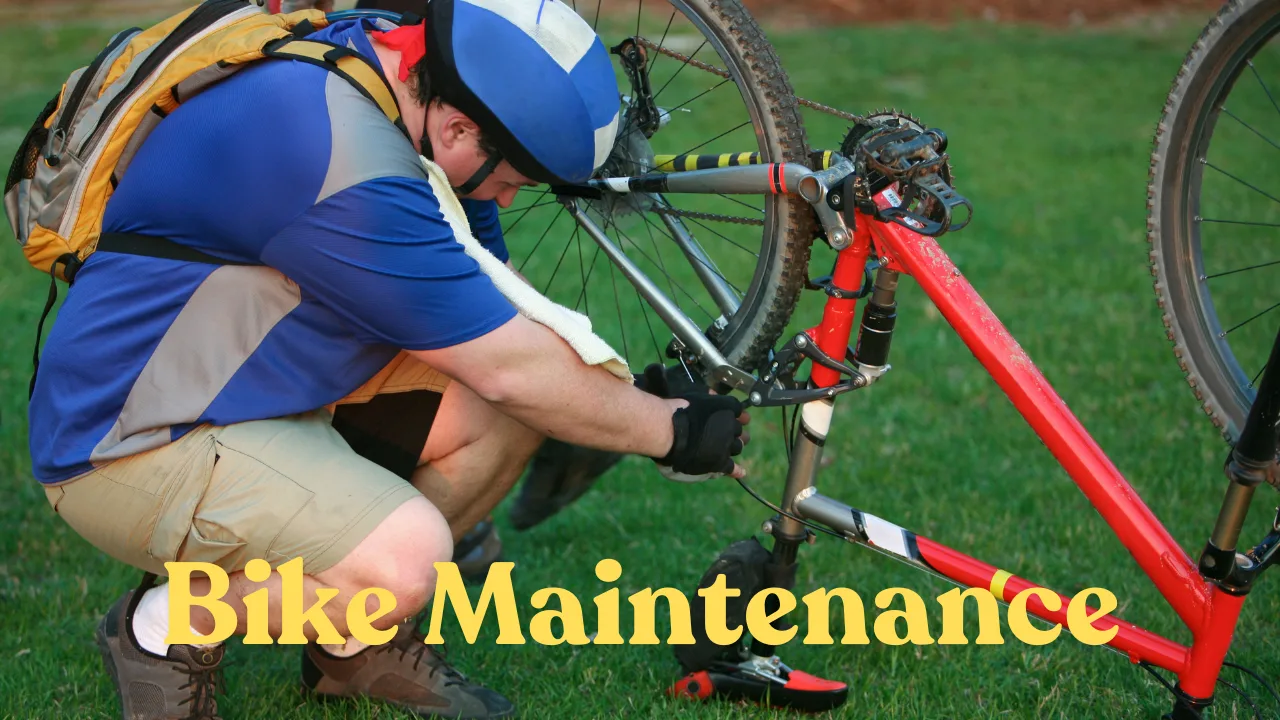Bike Maintenance: A Complete Guide to Keep Your Ride in Top Shape
Whether your riding is dedicated or informal, proper Bike Maintenance determines your excellent and safe riding experience. Regular maintenance increases performance, helps your bike last, and helps avoid expensive repairs. From simple cleaning to sophisticated tuning, this guide will address all you need to know about bike care.
Why Bike Maintenance is Important
Apart from its appearance, a well-kept bike guarantees a comfortable and safe ride. Here’s why you should give bike upkeep top attention:
- Safety: Frequent inspections help to avoid mishaps and abrupt failures.
- A bike in good tune rides quickly and effortlessly.
- Maintenance helps your bike components last as intended.
- Early modest fixes of problems help to avoid costly repairs.
READ MORE: Lightweight Bikes
Essential Bike Maintenance Tips
1. Keep Your Bike Clean
Dirt and grime can over time break down parts of your bike. Regular maintenance of your bike will help to keep it in good condition the easiest way.
- Washing the frame calls for mild soap, warm water, and a delicate brush.
- Dust the chain, gears, and derailleurs using a fresh cloth.
- Steer clear of high-pressure water to avoid ruining fragile parts.
- To stop rust, totally dry your bike.
2. Check Tire Pressure
Correctly filled tires increase control, speed, and efficiency. Before every ride:
- Review the suggested PSI, often found printed on the tire sidewall.
- Accurate inflation can be achieved with a floor pump including a pressure gauge.
- Look at tires for cuts, cracks, or too much wear.
3. Lubricate the Chain
A well-lubricated chain lowers drag and stops drivetrain wear.
- Not WD-40, use a chain lubricant specifically for bicycles.
- Apply a few drops then use a cloth to clean off extra lube.
- After riding in damp or muddy weather, lubricate the chain.
4. Inspect Brakes
Safety depends critically on good brakes. Check them consistently using:
- To guarantee correct engagement of the brake levers.
- looking at the brake pads for wear and, should they be too thin, replacing them.
- Adjusting the brake cables if the braking feels weak.
5. Tighten Bolts and Screws
Unrest and mishaps might result from loose bolts. Typically:
- Search for loose bolts on the stem, handlebars, seat post, and pedals.
- For exact tightness—especially on carbon frames—use a torque wrench.
6. Align and Adjust the Gears
Riding is more fun and quick when shifting smoothly.
- Change the derailleur screws if the gears skip or show poor smoothness.
- To clear dirt accumulation, clean the derailleur and cassette.
- Should difficulties continue, a professional tune-up could be required.
7. Inspect the Wheels
Stability and performance of your bike depend much on wheels.
- To look for wobbles or alignment, spin the wheels.
- With a spoke wrench, tighten off-center spokes.
- Make sure through-axles or quick-release levers are firmly attached.
8. Test Your Suspension (For Mountain Bikes)
Riding a mountain bike with suspension depends mostly on maintenance.
- Look at the suspension fork and rear shock for leaks or dirt accumulation.
- Change air pressure per manufacturer advice.
- Every now and then service the suspension and lubricate the seals.
9. Store Your Bike Properly
Good storage helps your bike last.
- Store your bike indoors or cover it weather-proof if kept outside.
- To stop flat spots on the tires, hang it or arrange it on a rack.
- Steer clear of long stretches of excessive temperature leaving it unattended.
Advanced Bike Maintenance Tips
If you bike often, give these extra maintenance ideas some thought:
- If you hear creaking noises, look over and oil the bottom bracket.
- For hydraulic brakes, over time air bubbles might compromise braking performance. Bleeding your brakes guarantees best stopping ability.
- To maintain your bike going smoothly, clean and re-greas bearings.
- Remove the chain, crankset, and cassette every few months for a deep clean of the drivetrain.
When to Seek Professional Help
Although many bike maintenance chores are simple enough for a household, other repairs call for professional help. See a bike shop should you:
- Your attempts won’t help your gears or brakes to adjust correctly.
- From the hubs or bottom bracket, you hear odd sounds.
- There is major fork or frame damage on your bike.
- Beyond just cleaning, you need suspension servicing.
Final Thoughts
Maintaining a bicycle involves minimal effort. Consistent cleaning, lubrication, and inspections enable you to maintain your bike’s condition and ensure enjoyable rides for years ahead.
Regardless of whether you are a weekend enthusiast or a regular commuter, dedicating time to bike maintenance will enhance your riding experience, ensure your safety, and ultimately save you money.
Select your tools and proceed to maintain your bike effectively. Your upcoming rides will yield significant benefits!

